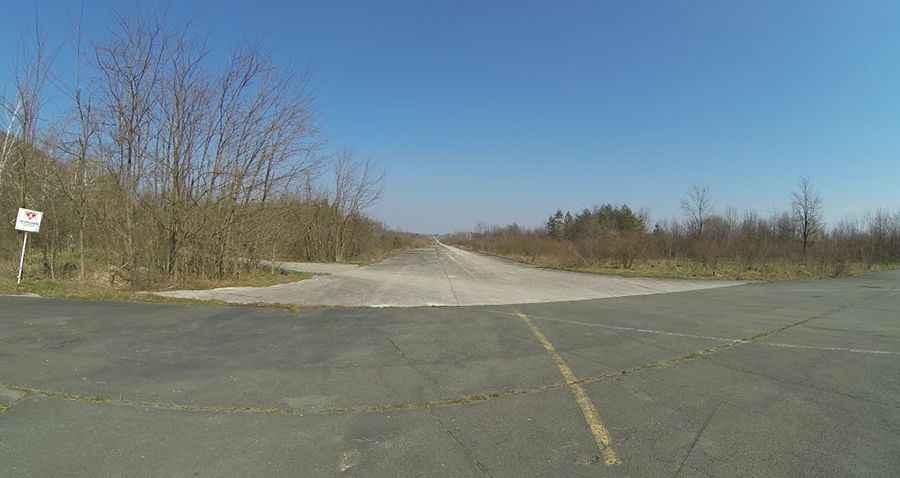Zeljava Air Base was the largest underground airport in Yugoslavia
Located on the border between Croatia and Bosnia and Herzegovina, Željava Air Base was the largest underground airport and military airbase in the former Yugoslavia, and one of the largest in Europe.

Was Objekat 505 the largest underground airport in the Balkans?
Located on the western border of Bosnia, adjacent to Croatia, Objekat 505, its official designation, stood as the largest subterranean airport in the Balkans. Initially constructed to accommodate a long-range radar early warning system similar to NORAD, it also served as a strategic command center for national defense. Designed to accommodate two hunter squadrons and up to one thousand personnel, including military commanders, its primary function was to bolster the country's defense capabilities.
When was Željava Air Base built?
Construction of the base was conducted in utmost secrecy between 1957 and 1965, and the cost of its construction was a whopping 6 billion dollars, three times more than the combined yearly military budgets of Yugoslavia's two biggest successor states, Serbia and Croatia. The secret airbase was positioned at the center of a dense sprawling network of military installations, with five auxiliary airfields nearby as well as numerous radar and air defense outposts. The airbase was used intensively in 1991, during the Yugoslav war. A rotting Douglas C-47 stands at the entrance, a curious image in itself.
Is the access to Željava Air Base dangerous?
Though technically accessible, visiting may require a permit from local police to avoid suspicion. Entering the field is still at your own risk (mines!) and entering the underground facility is possible, but downright life-threatening. Any attempt to enter into the underground complex carries 5 basic risks: radiation, mines, unexploded munitions, gases, and landslides.
Are there mines in Željava Air Base yet?
Situated under the Plješevica Mountain, access to this base that today remains as an eerily desolate place, is extremely dangerous. Today extreme caution must be used when visiting the Željava Airfield Complex, in view of the extensive number of landmines on and around the former air base. Local police and the CPA use the area to train dogs with the use of actual landmines due to the enormous amounts of mines that exist within the complex area. Extreme caution needs to be used when approaching this site, due to the large number of unexploded landmines and other munitions there.
Pic: http://static.panoramio.com/photos/large/104470734.jpg